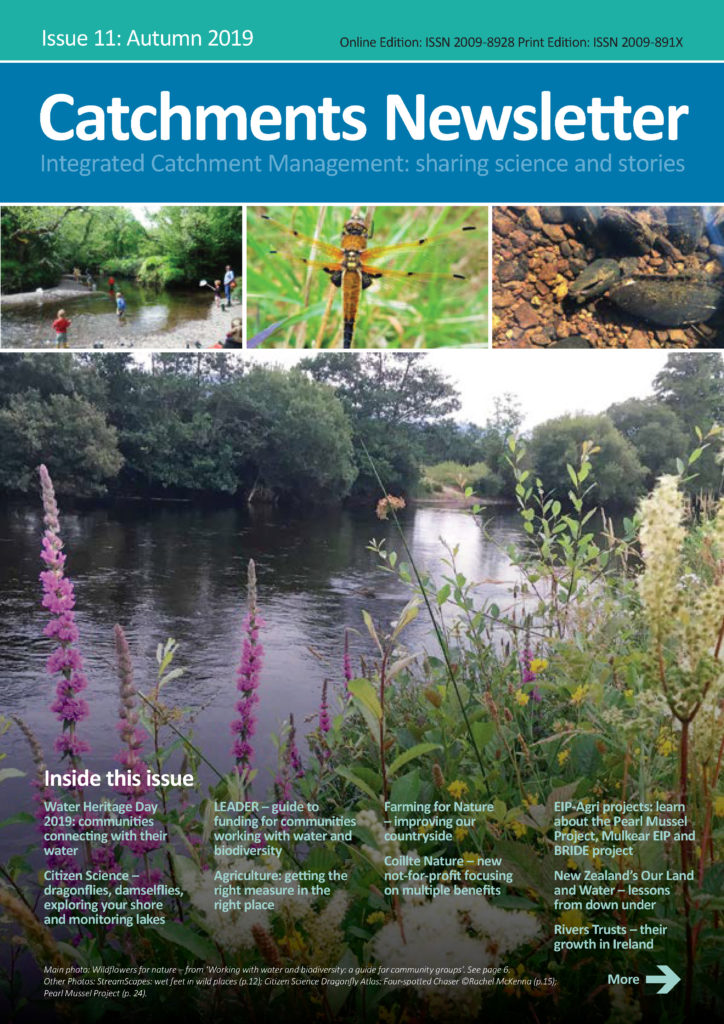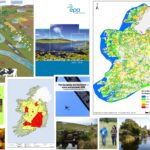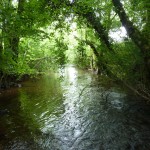The latest issue of the Catchments Newsletter is now available…
Catchments Newsletter, Issue 11 – Autumn 2019
The latest issue of the Catchments Newsletter is now available to download.
You can read the editorial from this issue below.
As always, we’ll be adding the stories from the Newsletter to the website over the next few months. Your local Community Water Officer will also have hard copies available for interested community groups.
In this issue:
- Waters and Communities News
- Water Heritage Day; LEADER funding for water and biodiversity; the growth of Rivers Trusts in Ireland; StreamScapes and thier thirty years of working with communities.
- Articles
- Citizen science – dragonfly and damselfly survey, Explore Your Shore, and anglers monitoring lakes; Coillte Nature; Farming for Nature; The Blue Dots Catchment Programme; The Freshwater Pearl Mussel and Mulkear European Innovation Projects; Our Land and Water – New Zealand’s National Science Challenge; Smart Farming’s Spring seminar; Agriculture – getting the right measure in the right place; research on nutrient use benchmarks and legacy phosphorus; and a map of all the EIP-Agri projects in Ireland thanks to the National Rural Network.
Editorial
In the EPA’s most recent water quality indicators report, which looked at data up to the end of 2017, we have unfortunately seen a continued decline in water quality, and an increase in nutrients being released to waters. We are also losing our highest quality sites, our pristine water quality sites, across Ireland.
Water quality issues can be very localised, with huge differences between different catchments. Over the last few years, the EPA has focused on making sure that we understand what is happening to water quality locally – where the issues are, what are the likely significant pressures causing these issues, and what can be done to fix them. You can see some of the work being done by the EPA Catchments Unit to help target the right measure in the right place on pages 37 and 38.
Working with local communities and landowners will be the key to any improvements. This issue of the Catchments Newsletter focuses on agriculture. There are challenges, but also opportunities. The EPA has been working as a partner with the agricultural community on schemes like the pilot farm hazardous waste collection scheme, and the IFA Smart Farming Initiative (see page 36).
We are working with multiple partners on the Blue Dots Catchments programme (page 23) which aims to protect and restore our pristine and high status waters in Ireland.
We have articles on Farming for Nature and two of the new European Innovation Partnerships (EIPs) working directly with farmers – the Mulkear EIP and the Pearl Mussel Project EIP. These EIPs are implementing innovative ways to make sure that farmers are paid for the environmental public goods they produce, with locally adapted results-based payments. There are now 23 EIPs working across Ireland – you can see details of all these EIPs on page 42.
Coillte is one of the largest landowners in the country, and their recently lunched not-for-profit Coillte Nature subsidiary, which will focus on carbon sequestration, species diversity, biodiversity, and development of recreational forests, is a really exciting development (see page 19).
We also have two stories from further afield – Ken Taylor from New Zealand’s Our Land and Water National Science Challenge gives us his perspective. Ken recently visited Ireland, and in his words:
‘farmers in both our countries want to do the right thing by the
environment, but they need a clear understanding of what the right
thing is, and that includes the evidence base that supports action on
the ground’.
The EPA Research programme has multiple projects helping with this evidence base – you can read about two of these which are working on nutrient critical source areas, national benchmarks for nutrient use and legacy phosphorus issues on pages 39-41.
The EPA is also working with the National Biodiversity Data Centre and is funding citizen science projects on dragonflies and damselflies and monitoring coastal biodiversity. You can read about how the EPA is supporting citizen science, and a LAWPRO-led project that is helping anglers monitor border lakes, on pages 14-18.
This is the second issue of the Catchments Newsletter to focus on agriculture. Our issue in March 2016 also had an agricultural focus and looked at the potential of locally led agri-environment schemes, the example of Burren LIFE project, and even had the BT Young Scientist’s from Cork who had an award-wining project on the ‘Plight of the Pearls’ on the cover.

Three years later, locally-led schemes are in place across Ireland, the Burren’s model of results-based payment is part of several of the new EIPs, and the Pearl Mussel Project is working to save this species from extinction in eight priority catchments across Ireland. Rivers Trusts are growing (see page 9) and local communities have clear guidance on how they can get funding under LEADER for projects related to water and biodiversity (see page 6).
‘water is a heritage which must be protected, defended and treated
– preamble to the Water Framework Directive
as such’
You can see how local communities across Ireland got involved with this year’s Heritage Week and Water Heritage Day on 25 August 2019, with stories, songs, crafts and sports helping them connect with their local waters (page 4). This partnership between LAWPRO and the Heritage Council is another great example of how by working together, we can achieve more.
As we approach the end of 2019 it is important to acknowledge the huge work that has been done in developing and beginning to implement the 2nd Cycle River Basin Management Plan. The LA Waters Programme has a team of people working on community engagement and local catchment assessments; the new sustainability advisors are now in place working with farmers to implement local measures; public bodies are engaged and are working collaboratively together on water issues; and the National Water Forum is now in place to make sure all stakeholders have a voice on future plans for our water.
The process of planning for the 3rd cycle of the Water Framework Directive, which will run from 2022 to 2027, has now begun. The EPA will publish the next Water Quality In Ireland report, which looks at data from 2016-2018, in late 2019. In December 2019, an overview of the Significant Water Management Issues in Ireland (SWMI) will be published by the Department of Housing, Planning and Local Government. A public consultation on SWMI will run until June 2020 and the outcomes of this will be used to inform a draft River Basin Management Plan for 2022-2027, which will be published in December 2020. There will be a further public consultation period on the draft plan until June 2021, and then the final River Basin Management Plan for 2022-2027 will be published in December 2021. Throughout this process, the Catchments Newsletter will continue to share science and stories about what is being done – and how much more work there is to do.
Jenny Deakin, EPA Catchment Science and Management Unit






















